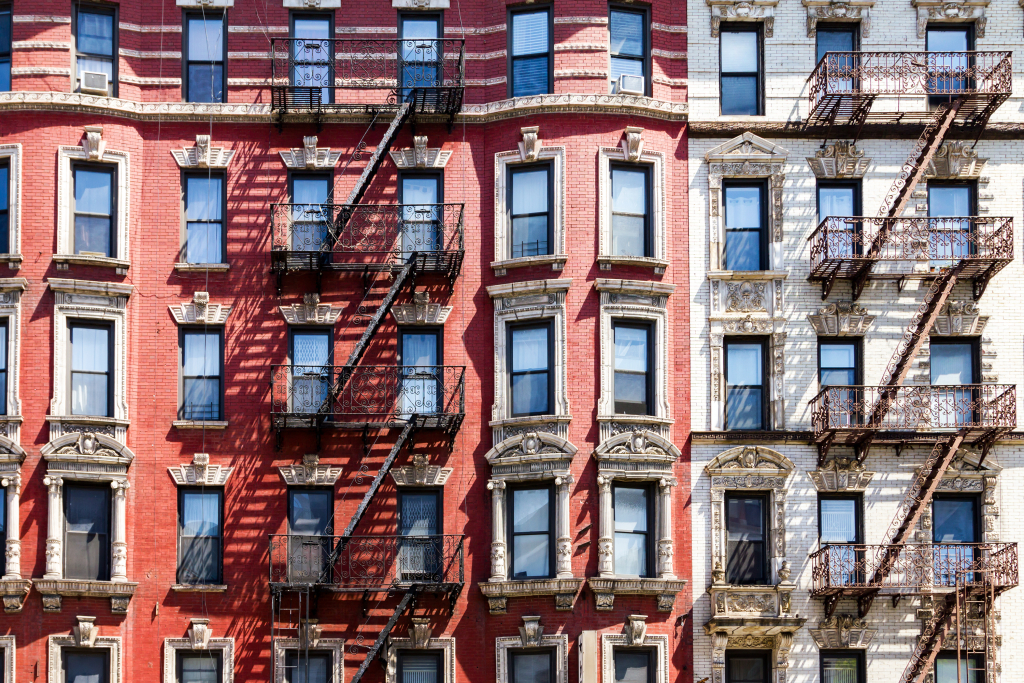Contrary to previous housing trends, urban neighborhoods have seen an increasingly fast growth rate, comparing closely with the rate at which suburban areas are growing, according to a study by Urban Land Institute. The report analyzes different types of neighborhoods and economic trends that have shaped urban developments across the U.S.
One of the key factors behind the increasing urban growth rate is the fact that millennials are becoming a large portion of the home-owning population, as noted in the study, and the city is the perfect place where they can find everything they want in a home. Millennials want living environments that are close to jobs, transit and walkable to other places. As a result of the increasing demand for urban amenities, the growth rate of urban neighborhoods is nearing the same rate that suburban towns are growing.
Between 2010 and 2015, the growth rate of urban neighborhoods was 3.4 percent compared to the 3.7 percent growth rate that suburban areas saw. This is a substantial contrast compared to 2000 to 2015 when the urban growth rate was just 1 percent and suburban was 13 percent.
The Loop in downtown Chicago, for example, is home to roughly 325,000 jobs which makes the area an urban hotspot as well as one of the largest employment cores in the country. Because so many jobs are located in the city, an additional 8,000 units have been built to house residents within the last decade.
“Our cities are evolving into places that are more diverse and more interesting than ever, with a mix of neighborhoods defined by distinct characteristics that are drawing different residents and workers for different reasons,” said ULI Terwilliger Center Founder and Chairman J. Ronald Terwilliger. “There are very few urban areas in which housing is not mixed in or very close to commercial uses. This has significant implications for development going forward — particularly affordable housing — in terms of building cities that are livable and attainable to people in a broad income range.”
The report highlighted seven other key findings:
- Today, more than 29 million Americans live in urban neighborhoods. This means that 17 percent of the total population resides in just 1 percent of the land area in the 50 largest metro areas. But, despite typical perceptions, three-quarters of these residents live in somewhat dense but predominantly residential areas.
- Urban places are now capturing more than their fair share of new job growth. Between 2010 and 2015, urban areas accounted for 30 percent of existing jobs and 36 percent of new job growth. While urban areas are seeing substantial job growth, suburban towns are seeing about the same amount of growth as well.
- Upscale urban places are among the most racially and ethnically diverse types of neighborhoods. There is a nearly 50/50 split between the white and non-white populations in economic centers and mixed-use districts, where average rents are highest.
- Almost a third of urban households are headed by millennials. More than 29 percent of households in urban areas are under the age of 35 compared to the 18 percent of people the same age who reside in the suburbs. The report notes that young households within urban places are more likely to gravitate toward dense, mixed-use neighborhoods.
- Rental apartment development is now concentrated in urban locations. Between 2010 and 2017, rental apartment inventory grew 32 percent in urban places, twice as fast as the suburban rate of 16 percent.
- Urban locations tend to face greater affordability issues than the suburbs. While the average urban income is lower than that of suburban areas, urban residents in dense, mixed-use neighborhoods tend to pay more of their incomes for housing. Urban households have an average income of $66,000 compared to the average suburban income of $89,000, which is why urban areas tend to face greater financial issues.
- Nearly half of urbanities take transit, walk, bike or carpool to work, while just more than half of workers who live in urban areas drive to work alone, compared to the 78 percent of people from the suburbs who do so. People in economic centers and mixed-use districts are the ones who use alternative transportation most often.
